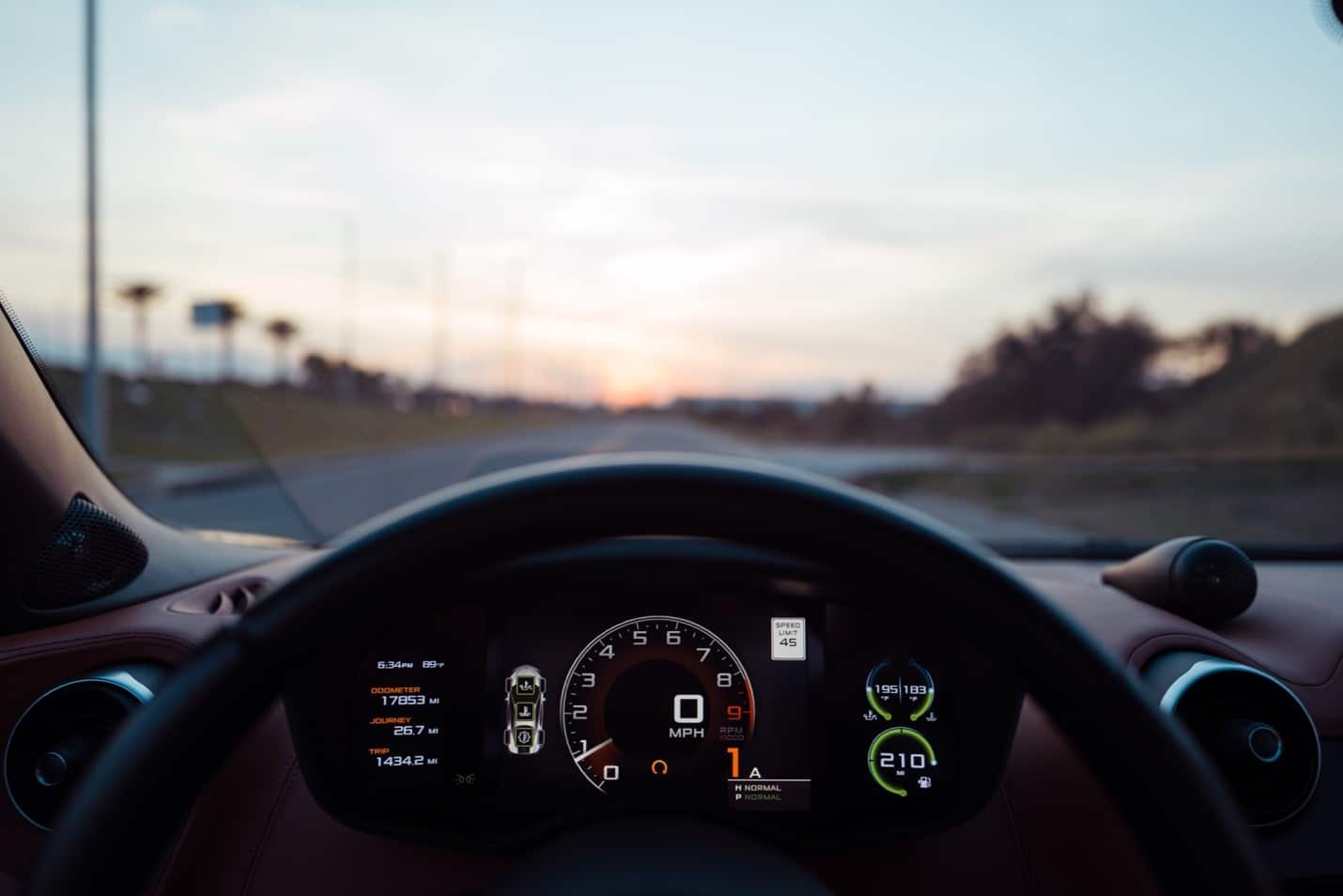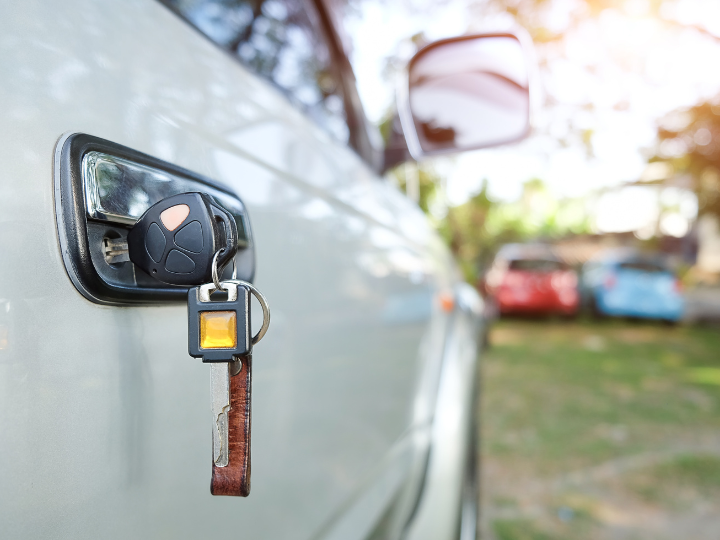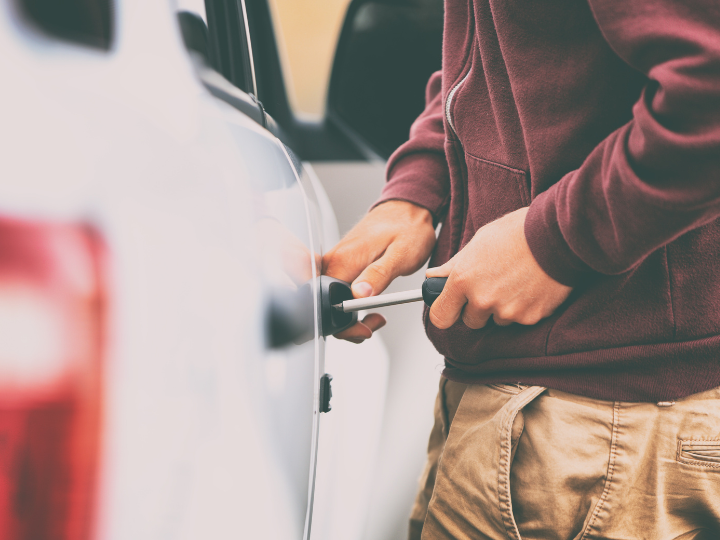Dash Light Indicators: What They Mean and why you Should Never Ignore Them
August 25, 2021
We have all experienced the ding and light-up signal from your dashboard during our daily commute. Sometimes a feeling of dread can wash over us if we see that fateful check engine light glow, but the dashboard light indicators are there to inform you that your car needs attention. Not all signally lights on your car’s dash are foreboding; many of them are simple reminders.
However, if the light-up notifications go ignored for too long, your car may be in trouble down the road.
What do the Lights on my Dashboard Mean?
There are several lights on the dashboard of the car whose meanings are more recognizable than others; the check engine light, the low tire pressure light, or the overheating light, just to name a few.
However, just because you do not recognize a light on your dash does not mean it can go ignored for an extended period of time.
Tire Pressure Warning Light
Commonly referred to as TPMS, this light shows an exclamation point within two half circles. This signal means that the air pressure in one or more of your tires is running low. You will need to refill the air in your tires as soon as possible. Driving on tire pressure that is too low – or too high – is very unsafe.
Typical tire pressure should be between 30-35 PSI or pounds per square inch. Driving on incorrect tire pressure can cause damage to your vehicle or blow a tire out; either of those things may also lead to a car accident.
Engine Temperature Warning
The engine temperature warning light looks like a small temperature gauge floating within two layers of squiggly lines. If you are driving and you see this light turn bright, it means that your car’s engine is overheating and that you should pull over immediately.
This light often means that there is an issue with your coolant, but there are other reasons for the indicator. The reason for the light needs to be addressed as quickly as possible.
Oil Pressure Light
One of the most easily recognizable lights, this indicator is a small oil can with a tiny drip coming from the spout. When this light comes on, your car is letting you know that there is a problem with the oil pressure system. Your car may be running low on oil, or perhaps your oil pump is not moving enough fluid to lubricate the surfaces within the car.
This indicator also needs to be addressed quickly because a lack of lubrication can quickly damage your car’s engine.
Traction Control Light
Your car’s traction control light resembles a car with wavy lines beneath it, symbolizing your car’s lack of traction on the road. When this light comes on, it means that your vehicle has activated its traction control system. This means that the anti-lock brake system tests whether or not one wheel is spinning faster than the others.
If one of your car’s wheels is slipping, the brake is applied until the tire regains its traction control.
Anti-Lock Brake Warning
The Anti-Lock Brake light shows the letters ABS within a circle, and it means that an error has occurred with the car’s system. Your anti-lock brake system keeps your car under control when one wheel spins faster than the others, such as during snow or rainstorm. If the system is not functioning correctly, your car may not be safe to drive in bad weather.
Check Engine Light
The check engine light seems to be one that most people fear the most, believing that it means their car is on its way to the junkyard. However, your check engine light can come on for a variety of reasons. Whatever the cause, you should pull over and check your car for problems.
Your check engine light can turn on due to overheating, low oil pressure, a bad fuse, or a loose gas cap. If your check engine light begins flashing, that means your car is in grave danger of damages, and you need to stop driving right away.
Low Fuel Light
The low fuel light is probably the light that we are all the most aware of. When your gas tank becomes dangerously low, your low fuel light will come on, and your gas gauge will point to the letter E for empty.
It is recommended that you not let your car go below a quarter of a tank because you never know what driving conditions may leave you stuck in traffic and unable to reach a gas station.
Battery Alert Light
This light looks like a battery with a plus and minus sign inside of it. This symbol lets you know that the car’s charging system is not operating correctly. Even though the light looks like a battery, the problem may not always be with your actual car battery. This light also points to issues with battery cables or an alternator belt.
An easy way to tell that your battery is the issue is if the car shows other signs of low electrical power, such as fading lights or the stereo clock going on and off.
Airbag Indicator
If your dash shows a seat-belted stick figure with a large dot in front of it, that means that something may be wrong with one or more of your airbags. Have your airbags checked out soon because if your airbags are not functional, a car accident injury can be made much worse.
Fog Lamp Light
This light, which resembles a headlight with rays coming out of one side, means your car’s fog lights are on. Fog lights are used when your visibility is limited to less than 100 yards ahead of you. Driving with them during clear nights may cause issues for other drivers on the road.
Washer Fluid Indicator
This light that shows a wiper blade and a dotted line means that the washer fluid in your car is running low. Washer fluid is essential if your windshield becomes covered in dirt or other debris while driving. You know that clearing your view while on the road is a crucial part of driving safety.
How do I Learn More?
To learn more about dash light indicators and what they mean, contact the experts at Duliban Insurance Brokers at 1-855-DULIBAN. Our licensed professionals will be happy to answer any questions you have.












